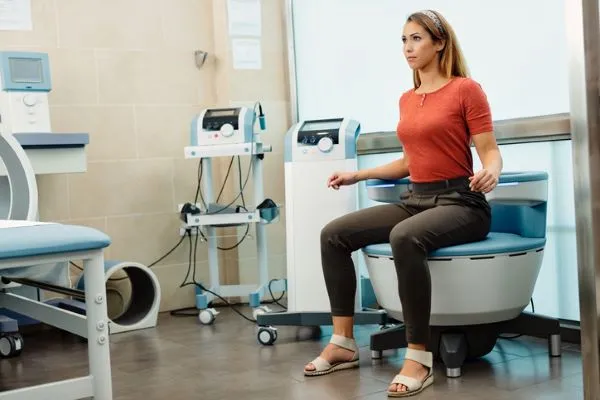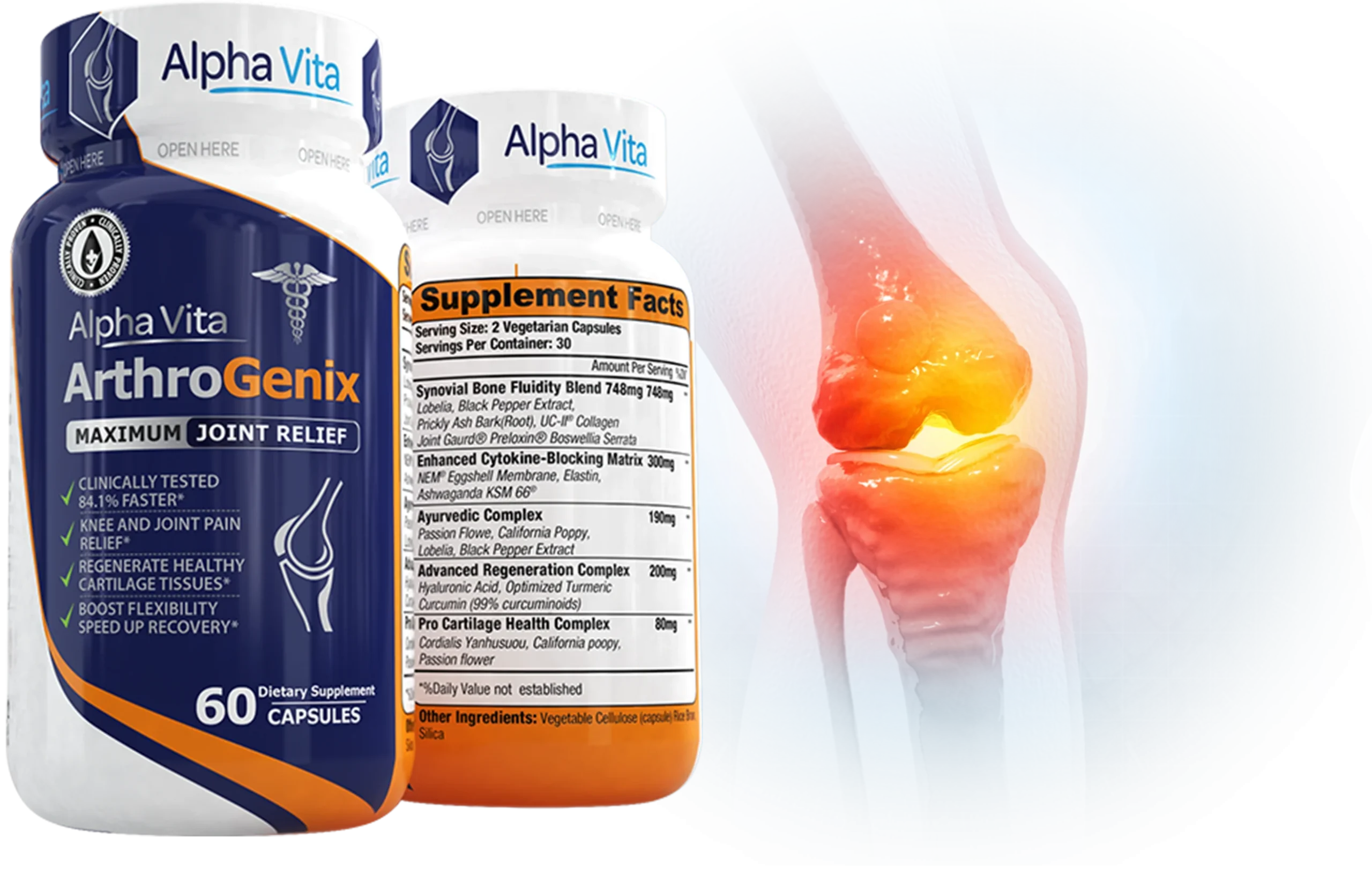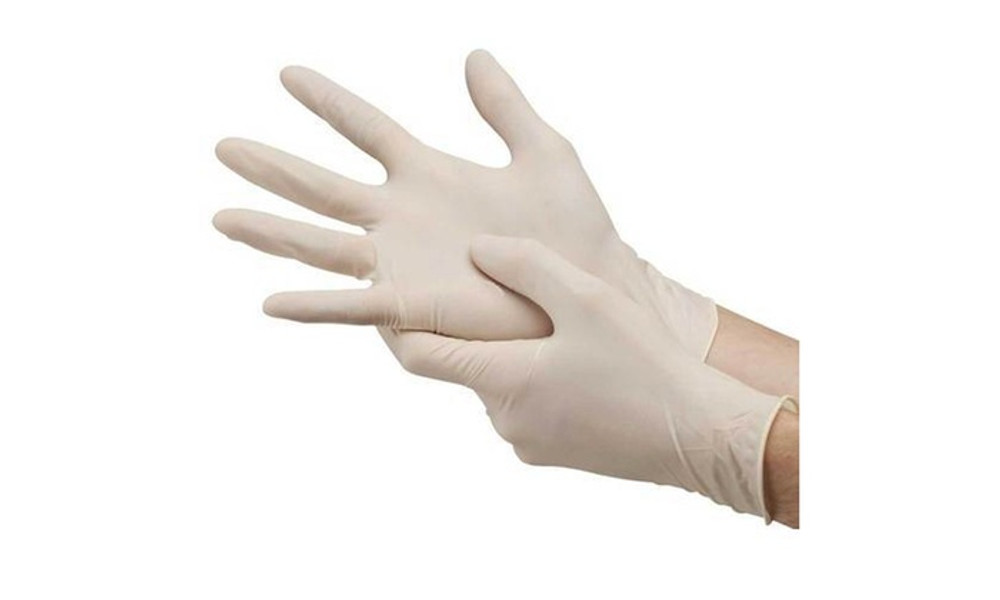Chronic pelvic pain is complex, and often, the lower abdominal area impacts one’s quality of life, interfering with daily activities, work, and personal relationships. While various treatment options exist, pelvic floor physical therapy has emerged as a crucial and practical approach to managing this challenging condition. Pelvic floor physical therapy is a physical therapy that focuses on the pelvic floor’s muscles, ligaments, and connective tissues. These structures support pelvic organs, control bladder and bowel function, and promote sexual health. A pelvic floor physical therapist is to assess and treat dysfunctions in this area.
- Manual therapy
- Exercises and stretches
- Biofeedback
- Education on lifestyle modifications
- Pain management strategies
Floor physical therapy in managing chronic pelvic pain

Pelvic floor physical therapy offers to manage chronic pelvic pain.
- Identifying muscle dysfunction
The cases of chronic pelvic pain involve some degree of pelvic floor muscle dysfunction. These muscles may be too tight, too weak, or simply uncoordinated. A pelvic floor physical therapist can thoroughly assess specific issues within the pelvic floor muscles and surrounding structures.
- Releasing tight muscles
Chronic pain leads to muscle tension trigger points. Pelvic floor physical therapists help release tight muscles and alleviate pain through manual therapy techniques, which may involve internal and external manipulation of the pelvic floor muscles.
- Strengthening weak muscles
Muscles contribute to pain and dysfunction. A therapist guides patients through exercises to strengthen these muscles, improving support for pelvic organs and reducing pain.
- 4. Improving muscle coordination
Pelvic floor muscles to contract appropriately for optimal function. Beyond Basics Pelvic Floor Physical Therapy Downtown also helps to retrain these muscles, improving coordination and reducing pain associated with muscle imbalances.
- Addressing posture and movement patterns
Poor posture and movement patterns contribute to pelvic pain. Pelvic floor physical therapists assess overall body mechanics and provide guidance on proper posture and movement to reduce strain on the pelvic area.
- Managing pain through various modalities
Physical therapists use several effective pain management techniques to aid healing in the pelvic region. Heat therapy, such as warm packs or baths, increases blood flow and relaxes muscles, reducing pain and stiffness. Cold therapy, including ice packs, helps decrease inflammation and numbs the affected area for pain relief. Using devices like TENS units, electrical stimulation disrupts pain signals and promotes muscle relaxation. These modalities work together to alleviate discomfort and support the body’s natural healing process, providing comprehensive care for pelvic pain.
- Education and empowerment
Patient education is crucial to pelvic floor physical therapy. Therapists provide valuable information about pelvic anatomy, pain mechanisms, and self-management strategies. This knowledge empowers patients to participate in their recovery. Chronic pelvic pain often coexists with other issues, such as urinary incontinence, constipation, or sexual dysfunction. Pelvic floor physical therapy can address these related problems, improving overall pelvic health.






